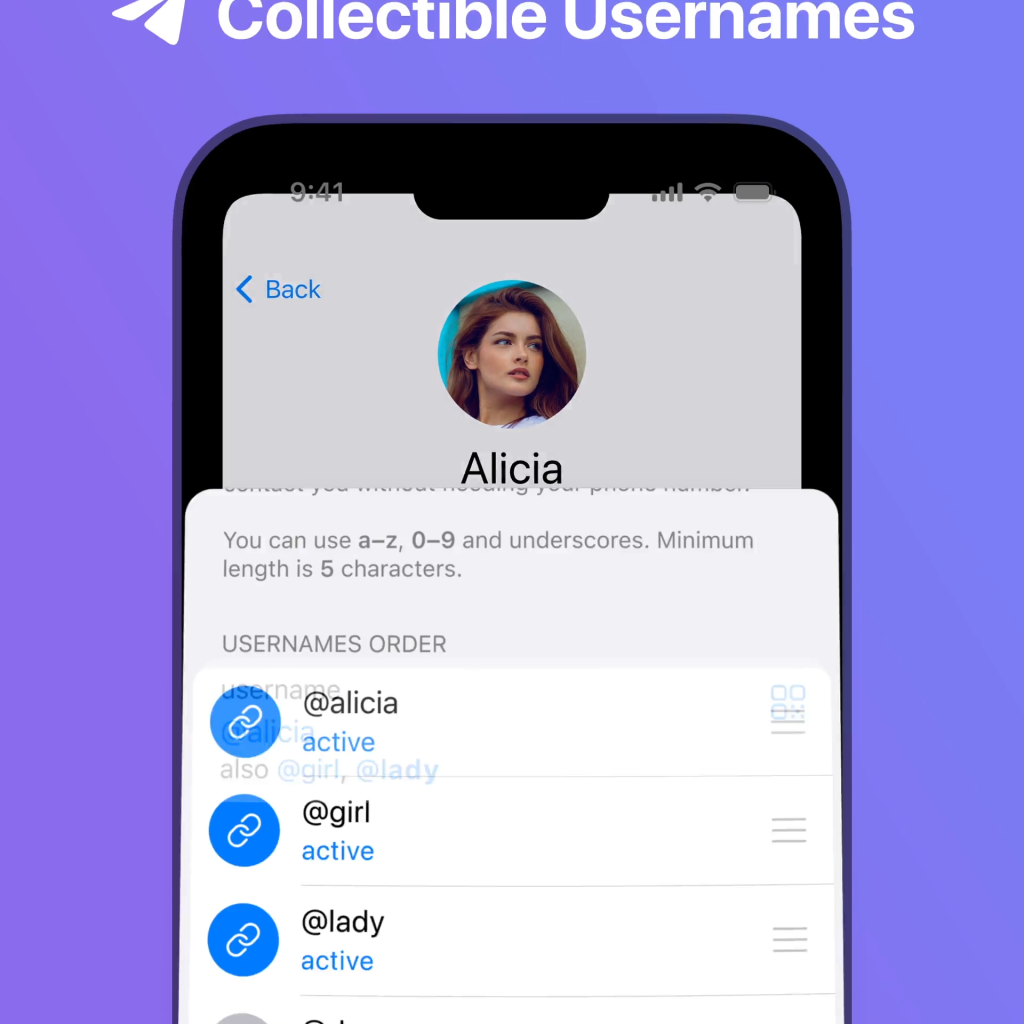
No, Trust Wallet cannot lock your account as it is a non-custodial wallet, giving you full control over your private keys.
Understanding Trust Wallet’s Security Features
Overview of Trust Wallet’s Security
Trust Wallet employs multiple layers of security to ensure the safety of users’ funds and personal information.
- Private Key Control: Users have full control over their private keys, which are stored locally on their devices and never shared with Trust Wallet servers.
- Encryption: All private keys and sensitive data are encrypted on the user’s device, providing an extra layer of protection against unauthorized access.
- Biometric Authentication: Trust Wallet supports biometric authentication, such as fingerprint and facial recognition, to add an additional security layer when accessing the wallet.
- Secure Communication: Trust Wallet uses secure communication protocols to protect data exchanged between the app and blockchain networks.
Importance of Security in Cryptocurrency Wallets
Security is paramount in cryptocurrency wallets due to the irreversible nature of transactions and the high value often associated with digital assets.
- Irreversible Transactions: Cryptocurrency transactions cannot be reversed once confirmed, making security crucial to prevent unauthorized transactions.
- High Value of Assets: Cryptocurrencies often hold significant value, attracting malicious actors looking to exploit vulnerabilities.
- User Responsibility: As a non-custodial wallet, Trust Wallet places security responsibilities on the user, emphasizing the importance of secure practices and awareness.

Trust Wallet’s Account Management
How Trust Wallet Accounts Work
Trust Wallet operates as a non-custodial wallet, meaning that users have complete control over their cryptocurrency holdings without reliance on third-party intermediaries.
- Private Key Ownership: Users generate and manage their private keys, which are essential for accessing and controlling their funds. These keys are stored locally on the user’s device.
- Wallet Creation: When creating a new wallet, Trust Wallet generates a 12-word recovery phrase. This phrase is crucial for restoring access to the wallet in case the device is lost or damaged.
- Transaction Management: Users can send and receive various cryptocurrencies directly through the app, with all transactions being processed on their respective blockchain networks.
- Multi-Currency Support: Trust Wallet supports a wide range of cryptocurrencies, allowing users to manage multiple assets from a single interface.
User Responsibilities for Account Security
As a non-custodial wallet, Trust Wallet places significant responsibility on users to ensure the security of their accounts.
- Secure Storage of Recovery Phrase: Users must securely store their 12-word recovery phrase. It should be written down and kept in a safe place, as it is the only way to restore access to the wallet.
- Device Security: Ensuring the security of the device on which Trust Wallet is installed is critical. Users should enable biometric authentication and set strong passwords or PINs.
- Regular Backups: Periodic backups of the recovery phrase and any other relevant information can help in quickly restoring the wallet if needed.
- Awareness of Phishing Scams: Users should be vigilant against phishing attempts and only interact with official Trust Wallet channels. Never share private keys or recovery phrases with anyone.
- Software Updates: Keeping the Trust Wallet app and the device’s operating system up to date helps protect against vulnerabilities and potential security breaches.
Situations Where Accounts Might Be Locked
Security Breaches and Account Locking
While Trust Wallet itself does not have the capability to lock accounts because it is a non-custodial wallet, users may experience issues accessing their accounts due to security breaches on their devices.
- Compromised Devices: If a user’s device is compromised by malware or hacking attempts, the user may lose access to their Trust Wallet account if private keys or recovery phrases are stolen.
- Unauthorized Access: In cases where unauthorized access is detected, users should immediately take steps to secure their device and restore their wallet using the recovery phrase on a new, secure device.
Suspicious Activity and Account Restrictions
Trust Wallet does not directly impose account restrictions, but users might encounter restrictions imposed by external services they interact with.
- Exchanges and Third-Party Services: If suspicious activity is detected on an exchange or service where Trust Wallet is used to manage funds, those platforms may temporarily restrict access to protect the user’s assets.
- Blockchain Network Issues: Network congestion or maintenance on specific blockchain networks can lead to temporary access issues or delays in transaction processing, which may seem like account restrictions.

Trust Wallet’s Non-Custodial Nature
Definition of Non-Custodial Wallets
A non-custodial wallet, like Trust Wallet, is a type of cryptocurrency wallet where the user has full control over their private keys and funds, without relying on a third-party service.
- User Control: The user generates and stores their private keys locally on their device, ensuring they have sole access to their funds.
- No Third-Party Involvement: Non-custodial wallets do not involve any intermediary to manage or hold the user’s assets. Transactions are directly conducted on the blockchain.
Implications for Account Locking
The non-custodial nature of Trust Wallet has significant implications for account management and security, particularly concerning account locking.
- User Responsibility: Since Trust Wallet does not store private keys or recovery phrases, users are fully responsible for securing their access credentials. This means that Trust Wallet itself cannot lock or unlock accounts.
- No Central Authority: There is no central authority to intervene or restrict access to a user’s wallet. If a user loses their recovery phrase or private keys, they cannot retrieve their account through Trust Wallet.
- Security and Privacy: The decentralized approach enhances security and privacy, as users do not need to trust a third party with their sensitive information. However, this also means that users must be vigilant about safeguarding their credentials.
- Independence from Service Disruptions: Users are less affected by service disruptions or platform bans since their funds are not held by a centralized entity. They have the flexibility to access their assets using any compatible wallet application.

Steps to Take if You Suspect Account Issues
Identifying Signs of Account Problems
Recognizing potential issues with your Trust Wallet account early can help mitigate risks and protect your assets.
- Unrecognized Transactions: Monitor your transaction history for any activity you do not recognize. Unauthorized transactions are a clear sign of a compromised account.
- Login Issues: Difficulty logging into your wallet or frequent logout prompts can indicate security problems or potential hacking attempts.
- Unexpected Balance Changes: Sudden changes in your account balance without corresponding transactions should be investigated immediately.
- Performance Issues: Sluggish performance or unexpected app behavior can sometimes signal underlying issues, including malware or software conflicts.
Contacting Trust Wallet Support
If you identify any of the above issues or have other concerns about your account, it’s important to seek help through official Trust Wallet support channels.
- In-App Support Feature: Use the Trust Wallet app’s built-in support feature to access help articles and contact support representatives directly.
- Accessing Help Center: Navigate to ‘Settings’ > ‘Help Center’ to find support resources.
- Submitting a Request: If you cannot resolve the issue using available articles, submit a support request through the app.
- Official Website: Visit the Trust Wallet website for additional support resources and contact options.
- Support Portal: Use the support portal to submit detailed tickets for complex issues.
- Social Media and Community Forums: Engage with the Trust Wallet community on platforms like Reddit and Telegram for peer support and advice.
- Verified Channels: Ensure you are interacting with official Trust Wallet accounts to avoid scams.
- Email Support: If necessary, email Trust Wallet support with a detailed description of your issue. Include relevant screenshots and transaction IDs to expedite assistance.
- Response Time: Be prepared for a response within a few business days, depending on the volume of requests.

Preventing Account Issues with Trust Wallet
Best Practices for Account Security
Implementing best practices for account security can help you prevent potential issues and safeguard your digital assets.
- Secure Storage of Recovery Phrase: Write down your 12-word recovery phrase and store it in a safe, offline location. Never share it with anyone.
- Strong Passwords: Use a strong, unique password for your Trust Wallet app and any related accounts. Avoid using easily guessable information.
- Two-Factor Authentication (2FA): Enable two-factor authentication on all accounts associated with your Trust Wallet, such as email and exchange accounts.
- Biometric Authentication: If available, use biometric authentication (fingerprint or facial recognition) for an additional layer of security.
- Device Security: Keep your device secure by using a passcode, fingerprint lock, or face ID. Ensure your device’s operating system is up-to-date to protect against vulnerabilities.
- Be Wary of Phishing Scams: Always verify the authenticity of any communication claiming to be from Trust Wallet. Do not click on suspicious links or provide sensitive information.
Regular Updates and Security Measures
Keeping your Trust Wallet app and associated software up-to-date is crucial for maintaining security.
- App Updates: Regularly check for and install updates for the Trust Wallet app. Updates often include important security patches and new features.
- Operating System Updates: Ensure your mobile device’s operating system is current to protect against known security vulnerabilities.
- Security Software: Consider using security software on your device to detect and prevent malware and other threats.
- Backup Your Wallet: Regularly back up your wallet using the recovery phrase. This ensures you can restore access if your device is lost or compromised.
- Network Security: Use secure, trusted networks when accessing your Trust Wallet. Avoid using public Wi-Fi for transactions, as it can be susceptible to attacks.

Trust Wallet’s Policies on Account Access
Official Statements on Account Locking
Trust Wallet operates as a non-custodial wallet, meaning it does not have the ability to lock or restrict user accounts. The following points highlight Trust Wallet’s official stance on account locking:
- No Account Locking Capability: As a non-custodial wallet, Trust Wallet does not store private keys or user data on its servers, thus it cannot lock or unlock accounts.
- User-Controlled Access: Users have full control over their accounts through their private keys and recovery phrases. Trust Wallet does not have access to these keys.
- Security Recommendations: Trust Wallet encourages users to follow best practices for securing their accounts, such as safeguarding their recovery phrases and enabling biometric authentication.
Trust Wallet’s User Agreement and Terms
Trust Wallet’s user agreement and terms of service provide detailed information on the responsibilities and rights of users. Key points include:
- User Responsibility: The agreement emphasizes that users are responsible for maintaining the security of their private keys and recovery phrases.
- Non-Custodial Nature: Trust Wallet reiterates that it is a non-custodial service, meaning users retain full control over their funds without any intervention from Trust Wallet.
- Liability Limitations: Trust Wallet limits its liability regarding any loss of funds due to user negligence, device security breaches, or unauthorized access resulting from compromised credentials.
- Support and Guidance: While Trust Wallet provides resources and support to help users secure their accounts, it does not have the ability to recover lost private keys or restore access to accounts without the recovery phrase.
- Compliance and Updates: The user agreement includes clauses on compliance with applicable laws and regulations, and Trust Wallet reserves the right to update the terms of service as necessary.